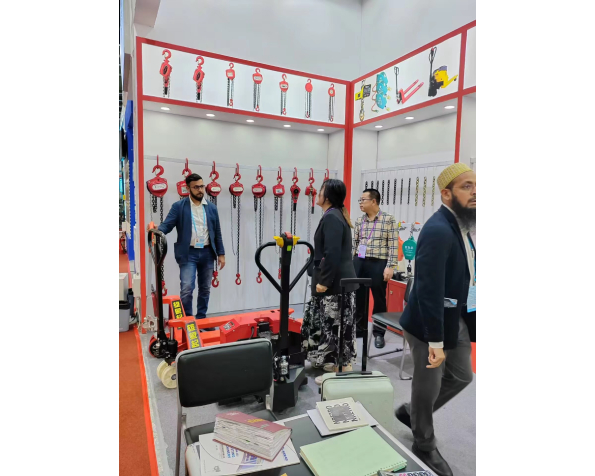


Safety Equipment for Working at Heights
Working at heights presents numerous risks and hazards that necessitate specific safety precautions and equipment. Whether you are involved in construction, maintenance, or other outdoor activities that require elevation, ensuring safety should be your top priority. The right safety equipment not only protects workers but also promotes a safer working environment. This article will explore essential safety equipment for working at heights and outline best practices to minimize risks.
Understanding the Risks
Before delving into the specific safety equipment needed, it is crucial to understand the risks associated with working at heights. Falls from elevations can lead to serious injuries and even fatalities. According to statistics from the Occupational Safety and Health Administration (OSHA), falls are one of the leading causes of death in the construction industry. The risks are compounded by factors such as unstable surfaces, adverse weather conditions, and inadequate training. Therefore, proper safety measures and appropriate equipment are indispensable.
Essential Safety Equipment
1. Personal Protective Equipment (PPE) - Harnesses A full-body harness is critical for protecting workers during fall incidents. The harness should be comfortable and adjustable to ensure a proper fit. It must be worn at all times when working at heights. - Lanyards and Lifelines These are attachments that connect the harness to an anchor point. They are crucial for preventing falls. Lanyards should be shock-absorbing and able to support the weight of the worker. - Helmets Standard hard hats are essential to shield the head from falling objects. Always ensure that helmets are properly fitted and maintained.
2. Guardrails and Safety Barriers - Installing guardrails on elevated surfaces can significantly reduce the risk of falls. They create a physical barrier preventing workers from accidentally slipping off the edge. - Safety barriers should be used where guardrails are not feasible, marking off dangerous areas and ensuring workers maintain a safe distance from edges.

3. Scaffolding and Ladders - Properly constructed scaffolding is a vital component for working at heights. Scaffolds should be erected according to safety guidelines and inspected regularly. - When using ladders, ensure they are of appropriate height and constructed from materials suitable for the environment. Non-slip feet and a proper angle of placement help to reduce risks.
4. Clearing the Work Area - Keeping the workspace clear of debris and unnecessary tools can help prevent trips and falls. Establishing a worker's zone where tools and materials are stored out of the way can greatly enhance safety.
5. Fall Arrest Systems - Fall arrest systems should be employed when working on structures where there is a potential for a fall. These systems include anchorage points, body harnesses, and connecting devices designed to stop a fall safely. 6. Training and Safety Procedures - Equipment alone cannot ensure safety; comprehensive training is essential. Workers must be trained in the proper use of safety equipment and the identification of hazards associated with working at heights. Regular safety drills can reinforce knowledge and skills.
7. Weather Considerations - Always assess weather conditions before beginning work at heights. High winds, rain, and icy surfaces can compromise safety. Having a contingency plan in place can help manage unforeseen weather-related issues.
Conclusion
Safety equipment for working at heights is not merely a suggestion; it is a necessity that can save lives and prevent serious injuries. Investing in proper protective gear, establishing safety protocols, and ensuring that all employees are adequately trained are essential steps in fostering a culture of safety on the job site. By remaining vigilant and prioritizing safety measures, we can effectively mitigate the dangers of working at heights and create a safer working environment for all. Whether you’re a worker or an employer, understanding and implementing these safety practices is vital for protecting lives.



